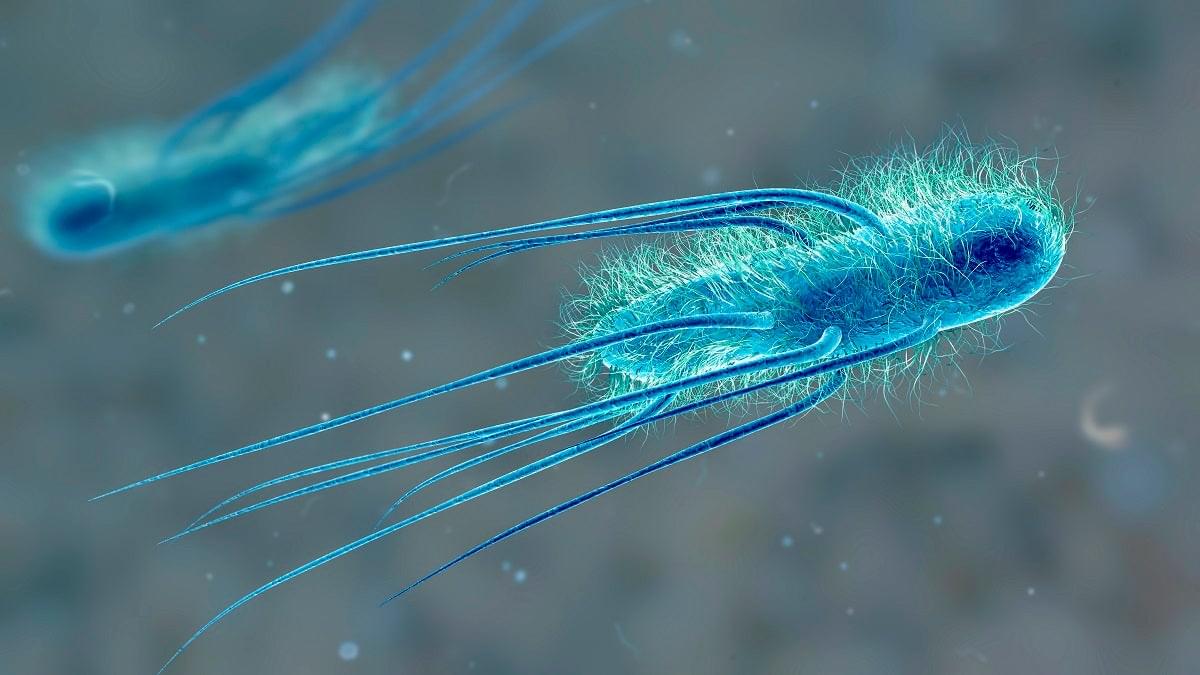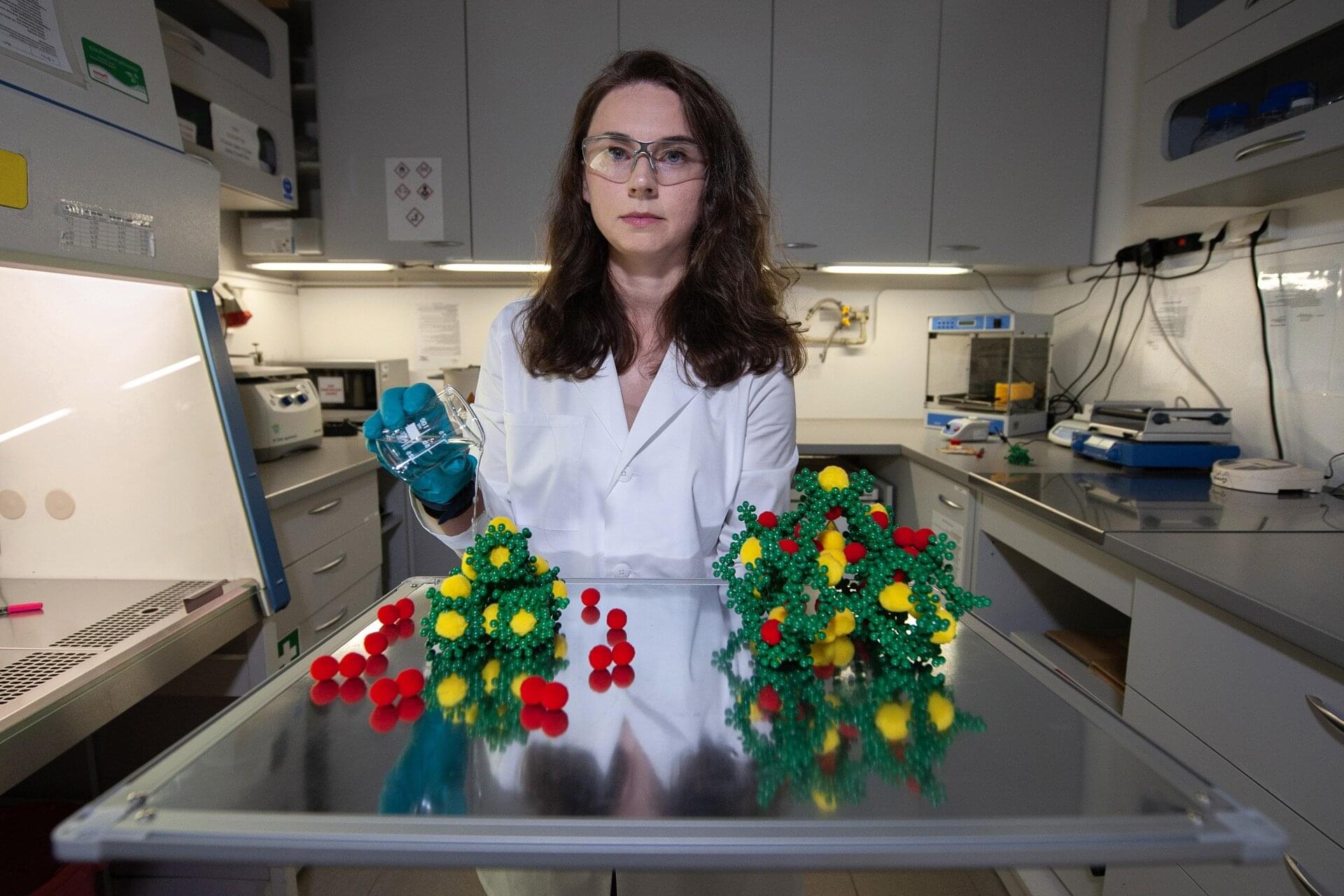Scientists at the Medical Research Council’s Laboratory of Molecular Biology say they’ve engineered a bacteria whose genetic code is more efficient than any other lifeform on Earth.
They call their creation “Syn57,” a bioengineered strain of E. coli — yes, the same bad boy that can make you extremely sick if you eat an undercooked hot dog — which uses seven less codons than all life on earth. A codon, put simply, is a three-letter sequence found in DNA and RNA which delivers instructions for amino acids, a fundamental “building block” of life.
For the past billions years or so, all known life on earth has used 64 codons. Scientists cracked the code detailing which codons corresponded to which amino acids — mapping the standard genetic code, in other words — in 1966, revealing only 20 total amino acids.









